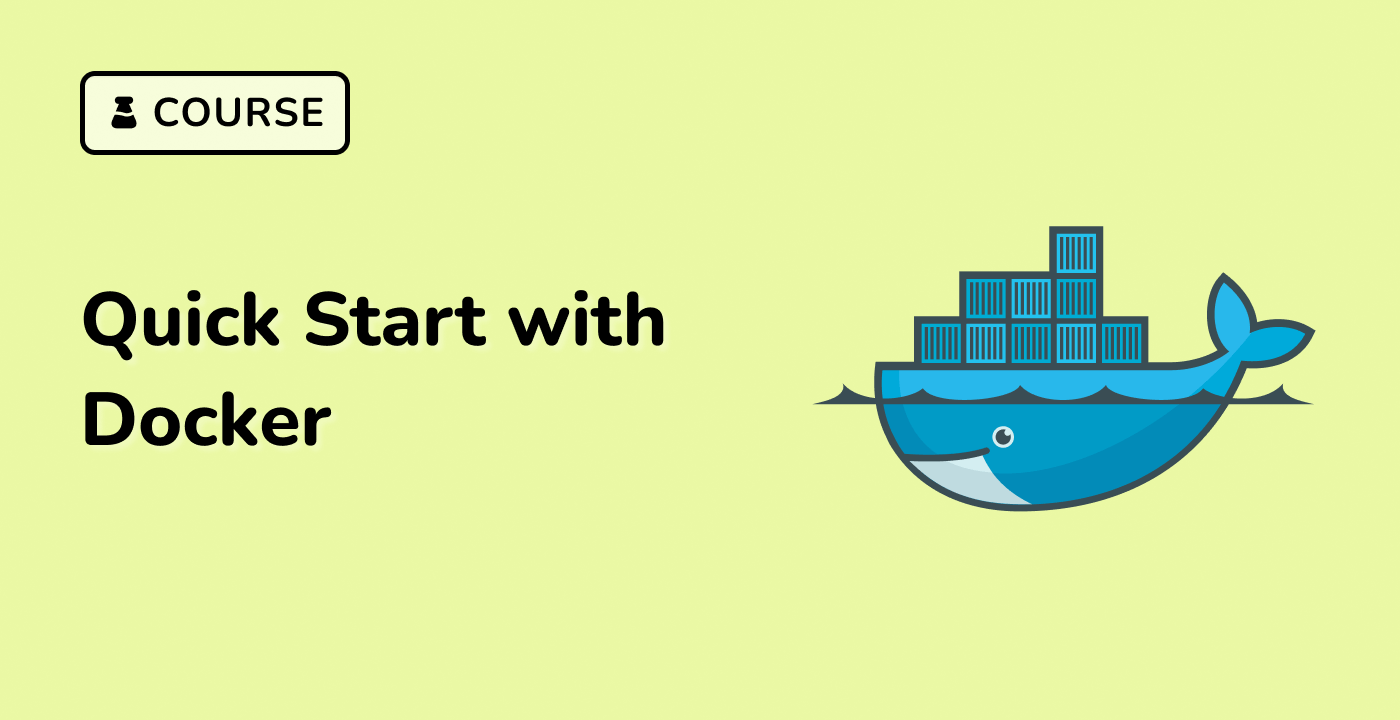Deploying Docker in the Amazon Environment
Amazon EC2 and Docker
Amazon Elastic Compute Cloud (Amazon EC2) is a popular cloud computing service provided by Amazon Web Services (AWS) that allows you to run and manage Docker containers in the cloud. By deploying Docker on Amazon EC2, you can take advantage of the scalability, reliability, and flexibility of the AWS infrastructure.
Launching an Amazon EC2 Instance
To deploy Docker in the Amazon environment, you first need to launch an Amazon EC2 instance. You can do this by following these steps:
- Sign in to the AWS Management Console.
- Navigate to the EC2 service.
- Click on the "Launch Instance" button.
- Choose an appropriate Amazon Machine Image (AMI) that includes Docker pre-installed, such as the Amazon Linux 2 or Ubuntu Server 22.04 LTS AMI.
- Configure the instance settings, such as the instance type, network, and storage.
- Review and launch the instance.
Installing Docker on Amazon EC2
If your chosen AMI doesn't include Docker pre-installed, you can install it manually. Here's an example of how to install Docker on an Ubuntu 22.04 EC2 instance:
sudo apt-get update
sudo apt-get install -y docker.io
sudo systemctl start docker
sudo systemctl enable docker
Deploying Docker Containers on Amazon EC2
Once you have Docker installed on your Amazon EC2 instance, you can start deploying and managing Docker containers. Here's an example of how to run a simple Nginx web server container:
docker run -d -p 80:80 nginx
This command will pull the latest Nginx image from the Docker Hub registry, create a new container, and start the Nginx web server on port 80.
Scaling Docker Containers on Amazon EC2
One of the key benefits of using Docker in the Amazon environment is the ability to easily scale your applications. You can use tools like AWS Auto Scaling or Amazon ECS (Elastic Container Service) to automatically scale your Docker containers based on demand.
Conclusion
Deploying Docker in the Amazon environment, specifically on Amazon EC2, allows you to take advantage of the scalability, reliability, and flexibility of the AWS infrastructure. By following the steps outlined in this guide, you can successfully launch and manage Docker containers in the Amazon cloud.
Remember, LabEx is here to assist you with any further questions or issues you may encounter while working with Docker in the Amazon environment.




